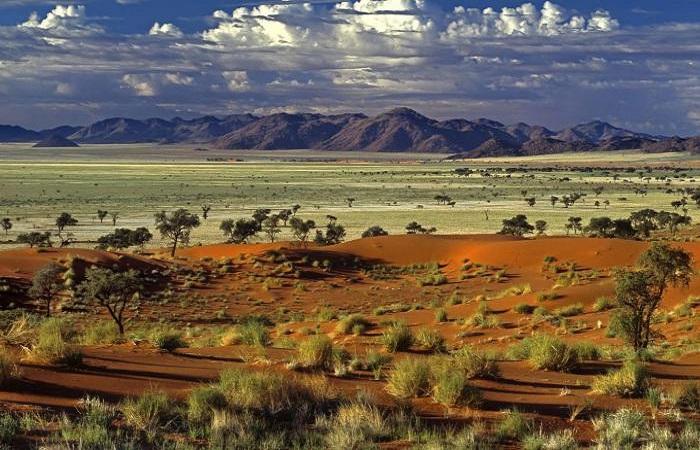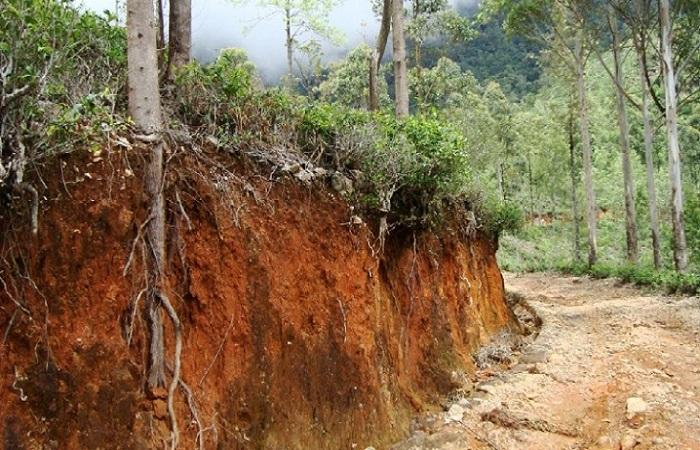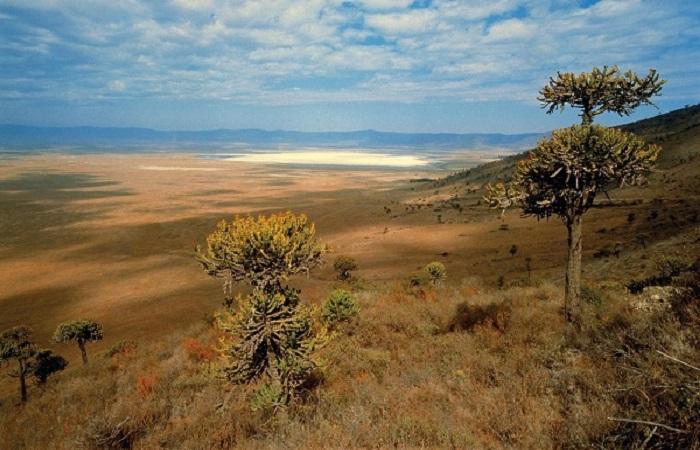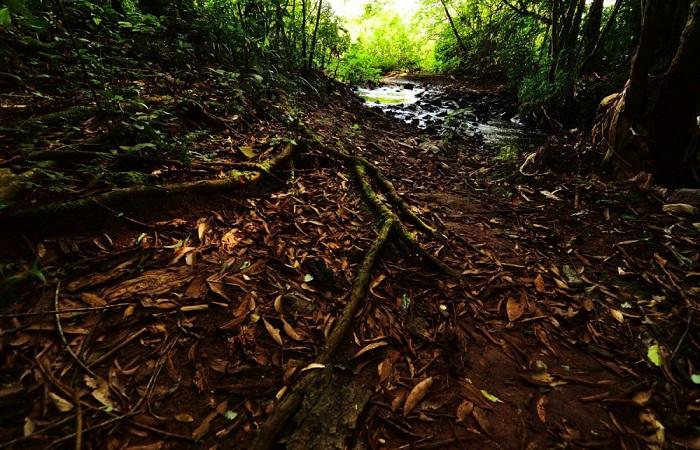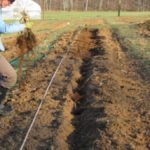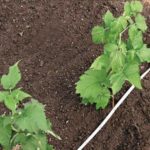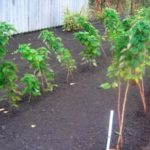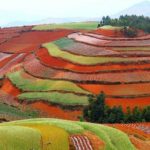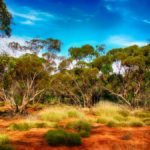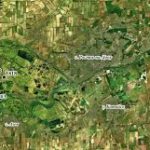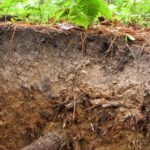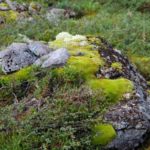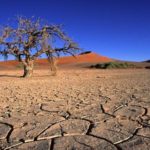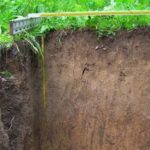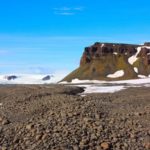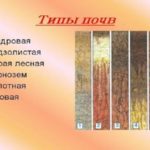The composition of the soil in a zone such as the savannah is not particularly fertile. The prevailing climate in this area is not conducive to the formation of a thick layer of humus. Savannas grow low-growing grasses and xerophytic plants adapted to long dry periods. This natural area is located near the equator. There are no sub-zero temperatures in the savannas, but due to the lack of precipitation, the land here is infertile.
Features of savanna soils
Planet Earth is divided into 10 natural zones. One of them is savannah.This zone is located in the subequatorial belt, several degrees north and south of the equator, in South America (Brazil), northern Australia, eastern Africa, and southern India. The composition of savannah soils depends on the climate, the prevailing vegetation, and the duration of the dry winter and rainy summer periods.
The closer to the equator, the richer the soil is in iron oxides and poorer in humus. In the immediate vicinity of the equatorial forests, in the open forest zone, it rains for about 8 months. Lush herbaceous vegetation and abundant rainfall all contribute to the formation of acidic, humus-poor red ferrallitic soils.
The further from the equator, the longer the dry period. In the savannah zone, where the rainy season lasts about 6 months, the soil is reddish-brown. Thorny bushes and various types of cereals and sedge grasses grow in this area. During the dry season, vegetation has time to decompose and turn into a thin layer of humus on the surface of clay rocks.
What soils are most common?
In the savannah area, the soil is not particularly fertile. The climatic features of this area are not conducive to the accumulation of a thick layer of humus.
Red-brown
Brick-colored soils are characteristic of the savannah zone, which is located a short distance from the equator.In the location of such soil, there is incessant rain for 6 months in a row, and the rest of the time there is hot, dry weather.
During the rainy season, this area has an abundance of vegetation. True, the soil is often eroded, and water carries away nutrients from the surface. During the dry season, fallen leaves and wilted grass decompose and the soil is enriched with humus.
In hot weather, the top layer of soil becomes reddish-brown due to intense heating. This is the result of thermal dehydration of iron oxides. Up to 1.5-2% of humus with a width of 20-25 cm is formed in the soil. The soil reaction varies from slightly acidic to slightly alkaline. In terms of granulometric composition, the red-brown soil of savannas is sandy loam, clayey and loamy.
Brown tropical subarid
This type of soil is formed under the influence of the prevailing climate in this area. In this savannah zone there are heavy rains for 3 months in a row, and the rest of the year there is drought and heat. The surface is covered with grasses and rare shrubs.
During the rainy season, a lush grass cover appears in this area. During the dry season it is very hot here, fires often occur, so the root system of plants, and not the upper tier, is mainly involved in soil processes. Brown tropical soils form under short-grass savannas. The humus horizon does not exceed 30 cm and amounts to 2%. The reaction of such soil is mainly weakly acidic or neutral.
Black tropical
This type of soil is formed under the influence of a dry climate with moderate humidity. In the area where these soils are formed, the temperature is 25 degrees all year round, and the dry period lasts about 8 months.Herbs and low-growing shrubs, as well as baobabs and acacias grow here. During periods of drought, withered vegetation forms a layer of humus on the surface of clayey rocks with volcanic inclusions.
The main features of black tropical soils: cloddy structure, humus content of about 4%, high calcium and magnesium content, alkaline and neutral reaction. During the dry period, the soil dries out and cracks, and during the wet period, on the contrary, it swells. The dark color was formed due to the interaction of organic matter with clay. Black tropical soils have nothing in common with fertile black soils.
Vegetation
Savannas resemble open forests or grassy steppes. Vegetation depends on the prevailing climate in a particular area. During the rainy season, savannas are covered with thick grass, the leaves on trees and bushes are filled with juice. During the dry season, the vegetation dries out and withers. Xerophytes (cacti, aloe, acacia, spurge, baobab) are common in this area, that is, plants that can tolerate prolonged drought.
Where the surface is covered with red-brown soil and it rains for 6 months, and then it is hot for 6 months, hard-leaved grasses and sedge grasses, thorny bushes and low-growing trees grow. Savannah is rich in succulent plants (cacti, aloe). In this zone you can find elephant grass, spurge, baobabs, acacias, oil palm, and tamarix. Trees are often overgrown with epiphytes, and their branches are entwined with vines. Local residents use the savannah area as pasture. With established artificial irrigation, tea, citrus fruits, peanuts, corn, and cotton are grown in this zone.
Red-brown soils are replaced by brown tropical subarid soils.Low grasses, cereal herbaceous vegetation (Aristida, Andropogon), thorny bushes, and acacias predominate here. Grasses grow in tufts. Local residents irrigate these lands and use them to grow peanuts, rice, corn, and millet.
In the zone of distribution of black tropical soils, low-growing trees, thorny bushes and cereal grasses grow, as well as acacias, baobab and plant species such as bearded vulture and drin. Under irrigated conditions, cotton, rice, sugar cane, grains, and corn are grown here.

